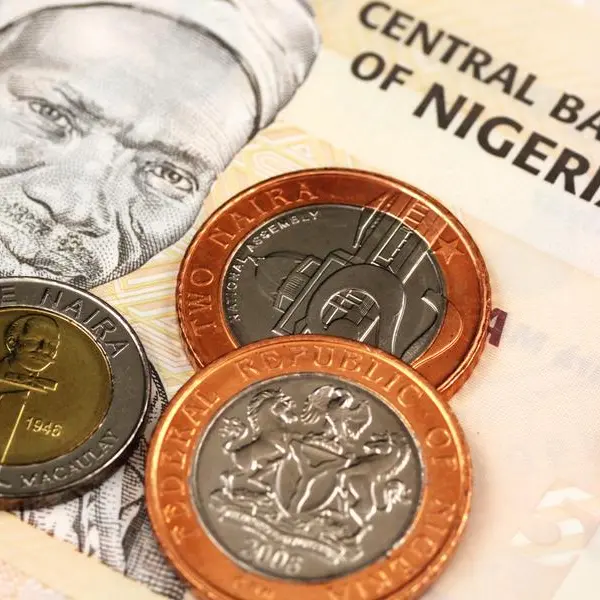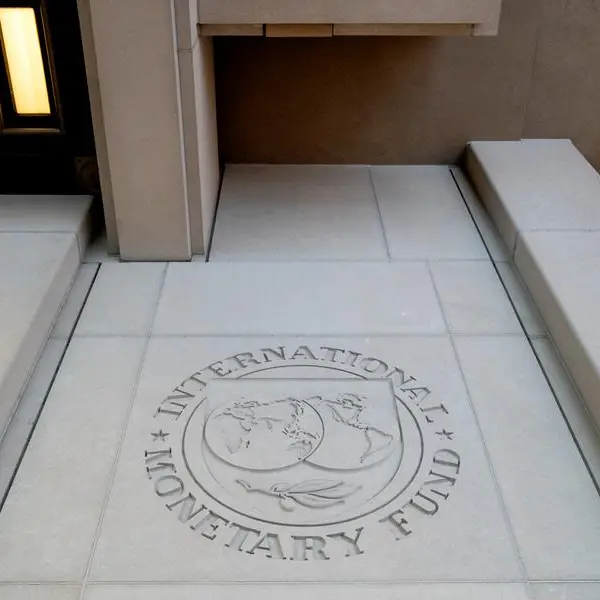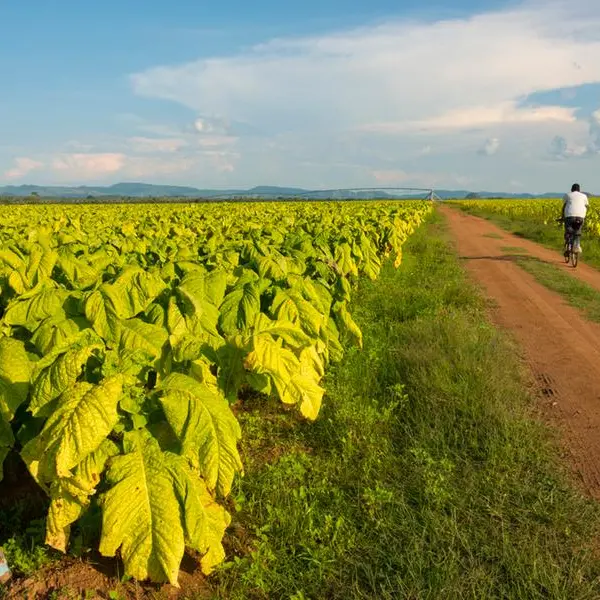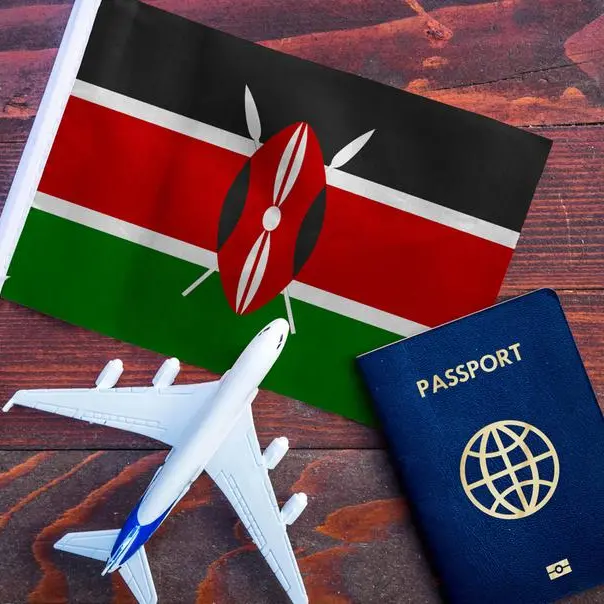PHOTO
As the world grapples with the escalating climate crisis, financial commitments to support developing nations in climate change mitigation and adaptation have taken center stage in international negotiations.
At the recently concluded COP29 in Baku, Azerbaijan, intense negotiations culminated in a historic yet contentious agreement.
Developed nations committed $300 billion in public climate finance by 2035 and pledged to scale up contributions to $1.3 trillion annually through the New Collective Quantified Goal on Climate Finance (NCQG).
While this marked a significant increase from the $100 billion promised earlier, it still fell short of the $440 billion to $900 billion sought by developing nations.
Simon Stiell, Executive Secretary of UN Climate Change, described this agreement as “an insurance policy for humanity,” urging timely fulfillment of pledges to address the worsening impacts of climate change.
However, beyond the promises lies a critical question: are the funds already disbursed being used effectively in developing countries?
Zimbabwe offers a pertinent case study, showcasing both the urgent need for climate finance and the significant challenges of accountability and mismanagement.
With over 7.7 million Zimbabweans currently facing food insecurity due to an El Niño-induced drought, and past disasters like Cyclone Idai leaving lasting scars, the stakes are higher than ever.
This article explores how climate finance has been used or misused in Zimbabwe, highlighting lessons from past experiences and the critical need for transparency in the face of increasing global commitments.
The Impact of Climate Change on Zimbabwe
Zimbabwe is among the countries hardest hit by climate change despite contributing minimally to global greenhouse gas emissions.
Recurring Droughts
Zimbabwe’s agricultural sector, which employs 60% of the population and contributes 17% to GDP, has suffered significantly from erratic rainfall.
In 2024, the El Niño-induced drought led to crop failures across the country, exacerbating food insecurity.
The drought has left over 7.7 million Zimbabweans—6 million in rural areas and 1.7 million in urban areas—faced with hunger, with the country declaring a state of disaster where the government pleaded for $2 billion in aid.
Furthermore, Kariba Dam, which supplies over 50% of Zimbabwe’s electricity, is operating at less than 10% of its capacity due to declining water levels.
This energy crisis has paralyzed industries and small businesses, further compounding economic challenges.
Cyclones and Flooding
Cyclone Idai (2019) caused over $773 million in damages, affecting 270,000 people in Manicaland and Masvingo provinces.
Entire communities were wiped out, and vital infrastructure—roads, bridges, and schools—was destroyed.
To date, many survivors remain in temporary shelters, waiting for promised reconstruction aid, whilst many do not even know what became of their loved ones who were swept away by the floods.
Heatwaves and Land Degradation
Rising temperatures and prolonged heatwaves have accelerated desertification in regions like Matabeleland South, reducing arable land and threatening water sources.
Smallholder farmers, who produce 70% of Zimbabwe’s food, face declining yields and income.
These are just a few examples of how climate change has impacted Zimbabwe, and there is need for swift intervention through the implementation of just transition measures which ensure that communities as these benefit.
Scaling Up Climate-Resilient Programs
To address these pressing challenges, it is imperative for the Government of Zimbabwe and other key partners, such as UNICEF, must prioritize and scale up climate-resilient programs across multiple sectors.
Water, Sanitation, and Hygiene (WASH)
Climate change exacerbates the risk of waterborne diseases such as cholera, particularly during floods or droughts, aa such scaling up WASH programs can ensure access to clean water and improve sanitation infrastructure.
These interventions are vital in preventing diarrheal diseases, which remain a leading cause of child mortality in Zimbabwe.
Nutrition Programs
Malnutrition rates have spiked due to climate-induced food scarcity.
Programs must focus on training caregivers to prepare nutritious meals for children under five, screening for malnutrition, and supporting school feeding initiatives to combat hunger.
School feeding interventions, such as those supported by UNICEF, have been critical in keeping children enrolled while addressing food insecurity.
Cash Transfer Programs
Climate shocks, such as droughts and cyclones, disproportionately affect low-income families.
Cash transfers provide much-needed financial support, enabling households to access food, water, and education for their children.
These programs can also help families build resilience to future climate shocks by strengthening their income base.
Health Interventions
There is a need for climate-proofing health facilities, including solarizing clinics, which ensure continuity of care during energy shortages.
Health services must also address the specific needs arising from climate change, such as increased cases of heatstroke or vector-borne diseases like malaria.
Education Programs
Zimbabwe should mainstream climate education in school curricula so as to prepare the next generation to understand and respond to climate challenges.
Solarizing schools and incorporating disaster risk reduction (DRR) planning can protect learners from climate-induced emergencies and reduce disruptions to education.
Protection Interventions
Climate-exacerbated poverty increases the risk of violence against children, including child marriages and exploitation.
Therefore targeted protection programs are essential in mitigating these risks and safeguarding vulnerable children.
These programs, if implemented effectively, can build resilience among Zimbabwe’s most vulnerable populations while addressing the root causes of climate vulnerability.
Global Climate Finance and Zimbabwe
Despite its challenges, Zimbabwe has seen some notable successes in utilizing climate finance:
Renewable Energy Development
The Zimbabwe Renewable Energy Policy (2019) set an ambitious target of achieving 16.5% renewable energy capacity by 2025.
Projects funded by the Green Climate Fund (GCF) and other donors have supported solar mini-grids, particularly in off-grid rural areas.
Notably, the Scaling Up Renewable Energy for Climate Action program has financed over 200 solar water pumping systems, benefitting thousands of farmers.
Adaptation Programs
The UNDP-led Resilience Building Fund has introduced drought-resistant crop varieties and supported irrigation schemes in vulnerable regions, improving food security for 300,000 households.
Forestry Conservation
The REDD+ program, aimed at reducing emissions from deforestation and forest degradation, has mobilized local communities to protect endangered forests, with some communities in Nyanga District having received payments for their conservation efforts.
Failures and Mismanagement
However, these successes are overshadowed by significant challenges in climate finance governance, such as corruption, misallocation of funds, and a lack of transparency.
Corruption and Misallocation of Funds
In 2020, an audit revealed that funds earmarked for reforestation under the REDD+ program were diverted to pay salaries and administrative expenses at the Forestry Commission.
Solar energy projects have been mired in allegations of favoritism, with installations disproportionately concentrated in politically aligned regions while marginalized communities remain underserved.
Lack of Transparency
The Zimbabwe Climate Change Fund, established to pool resources for mitigation and adaptation, has faced criticism for opaque operations.
Annual financial reports are either incomplete or inaccessible to the public, fueling suspicions of mismanagement.
For instance, $5 million allocated for climate resilience projects in Chimanimani after Cyclone Idai was reported missing, with no accountability from relevant authorities.
Inefficiency and Delays
Bureaucratic red tape has stalled critical projects, such as the Solar for Health Initiative, which aimed to electrify rural clinics.
As of 2023, only 40% of the targeted clinics had functioning solar systems, leaving many health centers reliant on erratic power supplies.
Political Interference
Climate finance has often been used to reward political loyalty.
For example, funds from the Global Environment Facility (GEF) were reportedly channeled to constituencies aligned with ruling ZANU-PF party officials during the 2018 election campaign.
Lessons from Cyclone Idai
The aftermath of Cyclone Idai underscores the human and financial cost of mismanagement.
Despite pledges of over $100 million in aid, affected communities in Chimanimani and Chipinge report minimal improvements.
Funds were poorly coordinated between government agencies and NGOs, leading to duplication of efforts and wasted resources.
For example, a UN report highlighted that less than 30% of displaced families received adequate shelter, while reconstruction of schools and clinics remains incomplete five years later.
The Way Forward
Enhance Transparency
There is an urgent need for Real-Time Monitoring Systems, through the introduction of publicly accessible platforms to track climate finance disbursements and project progress.
Countries like Kenya have successfully implemented such systems to improve accountability.
We also need independent oversight by establishing independent auditing mechanisms to ensure funds are used for their intended purposes.
Strengthen Governance
Zimbabwe needs a centralized climate finance body, which is a dedicated agency, independent of political influence, mandated to manage all climate funds.
This body could model its operations on South Africa’s Presidential Climate Finance Task Team, which coordinates funding across sectors.
Legislative scrutiny is similarly critical, whereby Parliament actively reviews climate finance projects, holding officials accountable for misuse or inefficiency.
Community Involvement
Zimbabwe must ensure strong participatory monitoring, where local communities are empowered to monitor projects and provide feedback.
This ensures funds address genuine needs rather than political priorities.
Capacity building programs are essential as communities trained in maintaining infrastructure, such as solar installations, to ensure sustainability beyond initial funding.
Leverage Technology
Zimbabwe should be seen to be moving with the times through the introduction of digital reporting tools, such as developing mobile apps to allow beneficiaries to report project outcomes or irregularities directly to oversight bodies.
As the country boasts of sending its own satellite into space, geospatial tracking can be a very useful tool, with the use of satellite imagery to monitor reforestation and water harvesting projects, verifying reported progress.
Connecting to COP29
The agreements reached at COP29 highlight the urgent need for improved governance in recipient countries.
As global climate finance scales up to $1.3 trillion, Zimbabwe must demonstrate that it can manage these resources effectively.
Zimbabwe’s experience serves as a cautionary tale for other developing nations: without transparency, accountability, and inclusive governance, even the most generous financial commitments will fail to deliver meaningful impact.
Conclusion
The climate crisis demands urgent action, and financial support from developed nations is critical to enabling vulnerable countries like Zimbabwe to adapt and thrive.
However, this support must be matched by accountability on the ground.
It is one thing always among noise about climate change financing, but totally another using these resources faithfully and diligently.
Even if the developed world were to give $20 trillion to developing countries today, nonetheless, without effective and effective transparency and accountability measures in place, this will be money simply being flushed down the drain.
Zimbabwe’s government and stakeholders must prioritize transparency, community engagement, and robust governance to ensure climate finance fulfills its promise of building a sustainable future.
Only by addressing these challenges can Zimbabwe truly bridge the gap between global commitments and local action.
Copyright The Zimbabwean. All rights reserved. Provided by SyndiGate Media Inc. (Syndigate.info).























